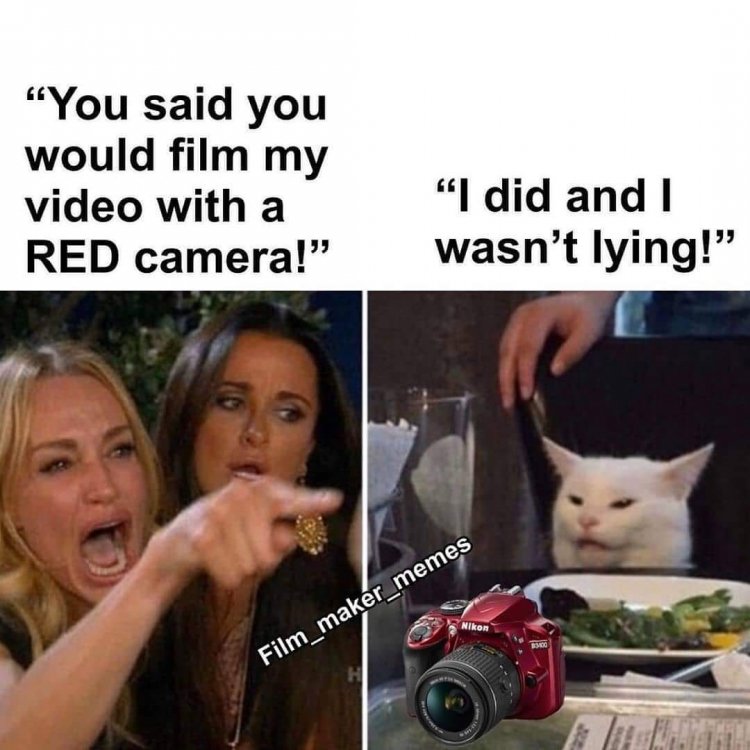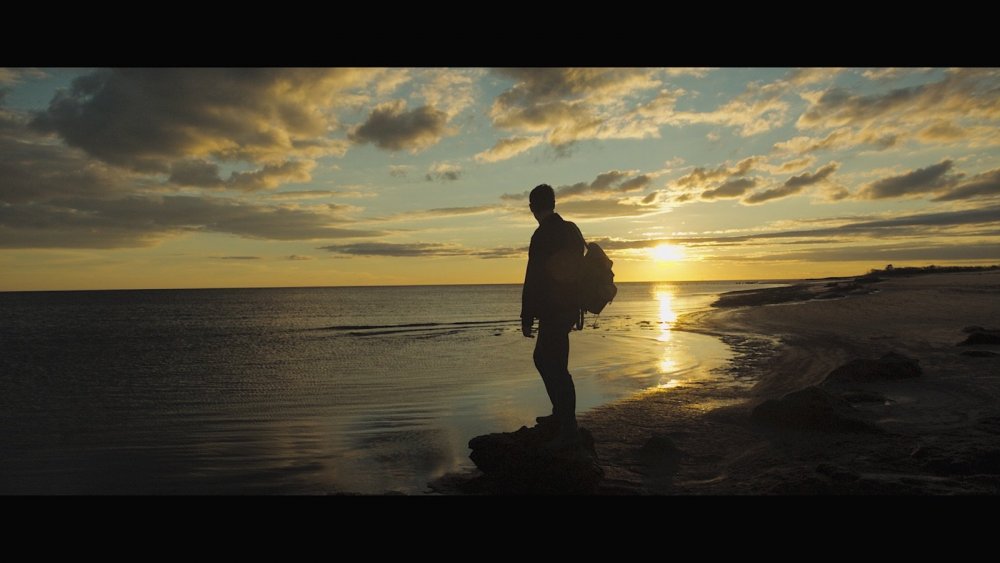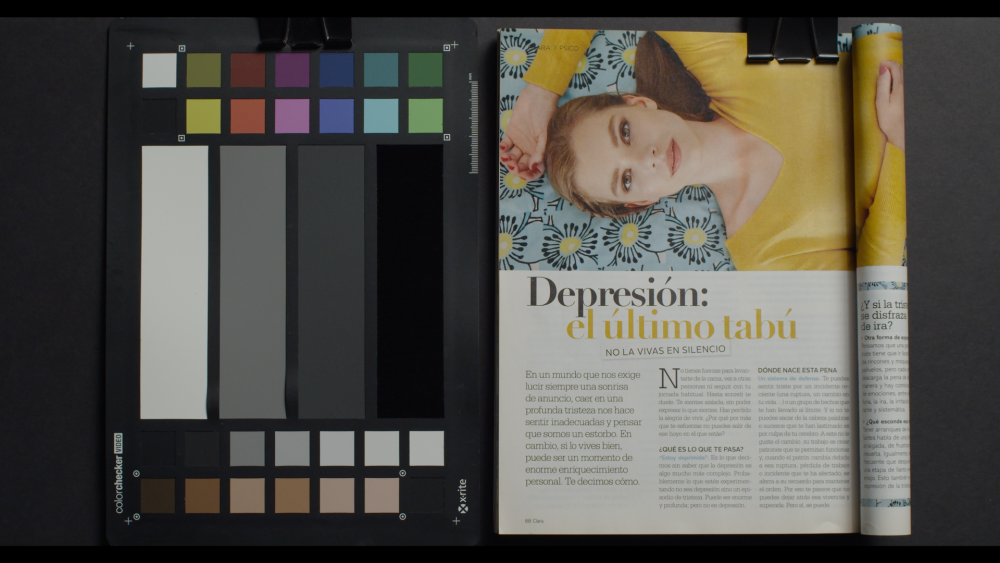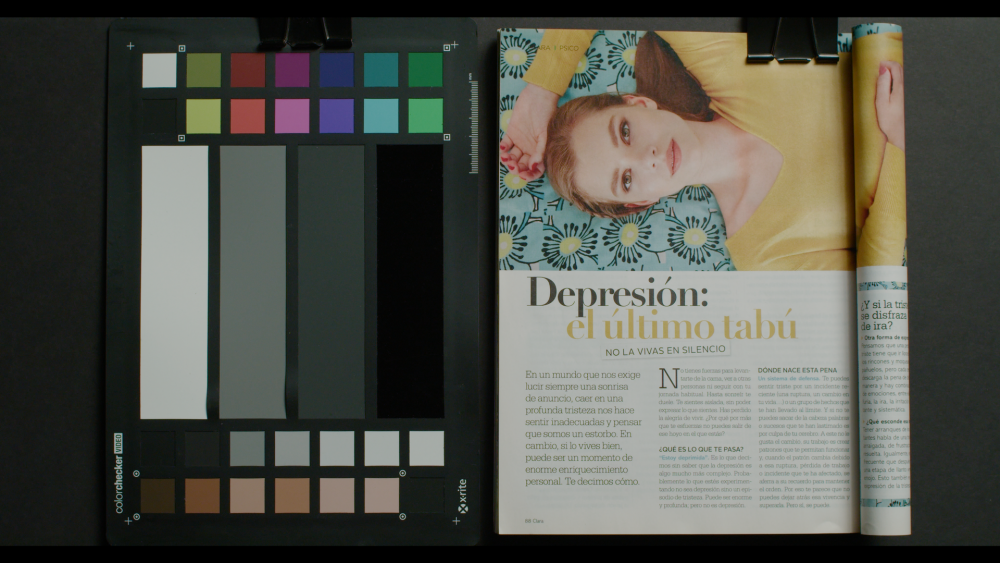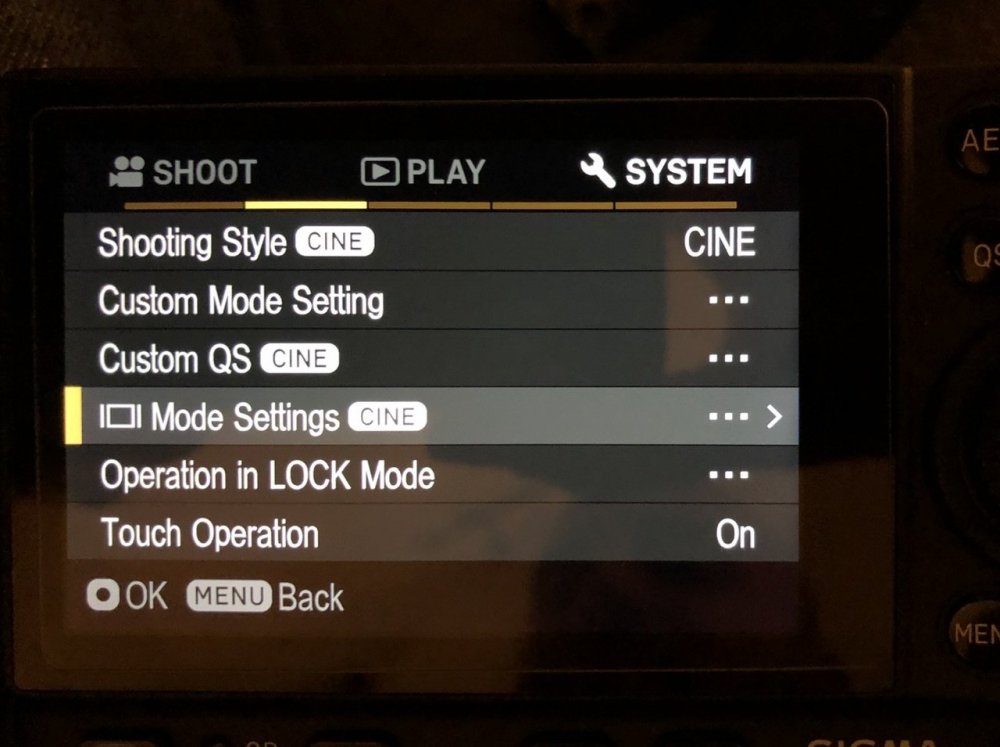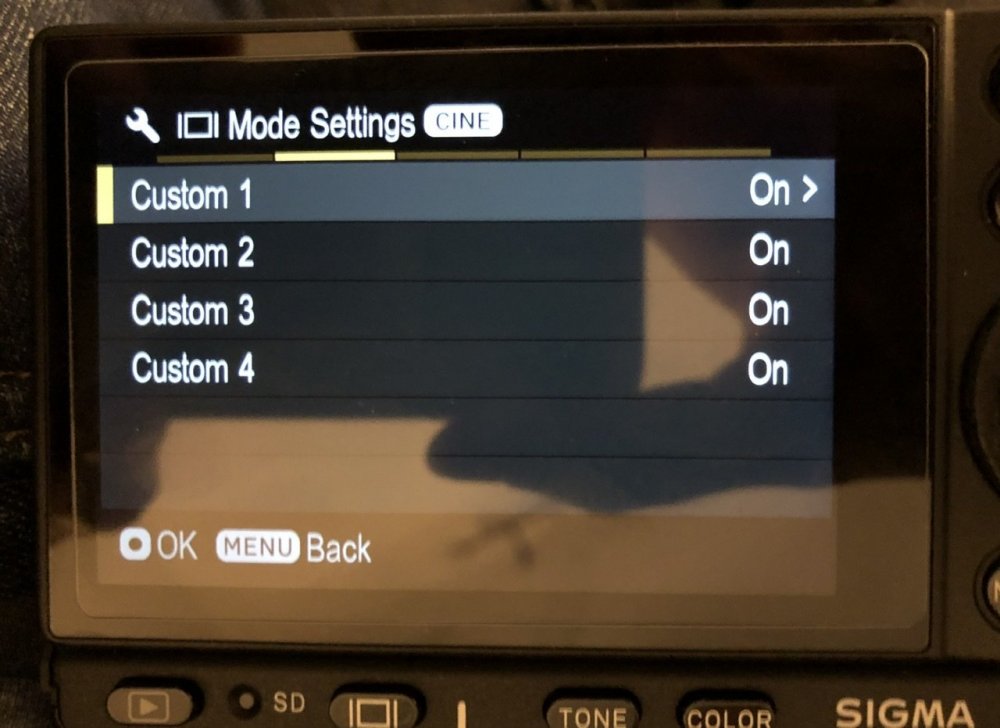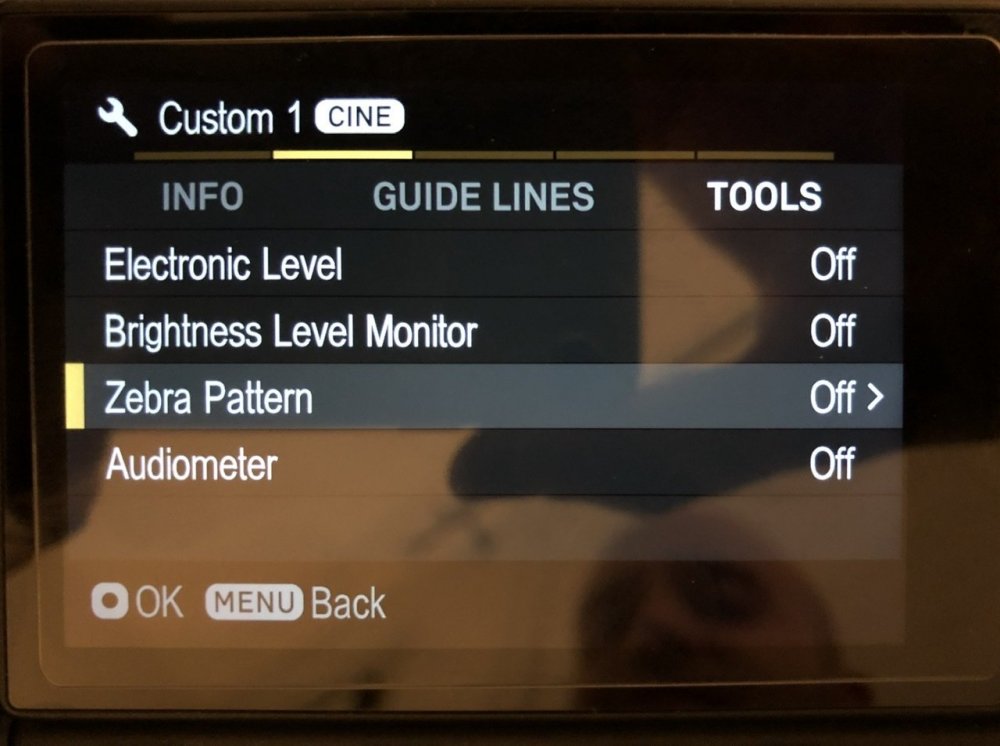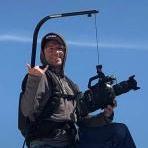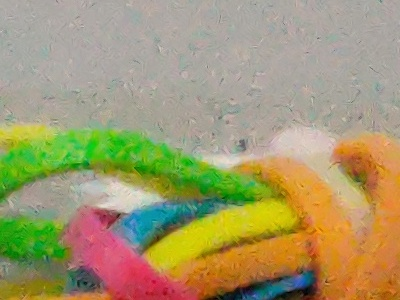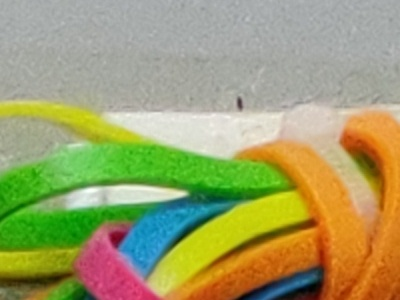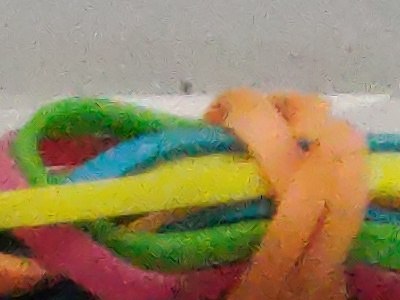Leaderboard
Popular Content
Showing content with the highest reputation on 12/07/2019 in all areas
-
Noam Kroll did a review, and some test footage... https://noamkroll.com/full-sigma-fp-review-4k-raw-video-samples/3 points
-

Blackmagic Pocket Cinema Camera 6K
Kisaha and 2 others reacted to lucabutera for a topic
Hi everyone, sorry if I intervene to do a little spam but I just wanted to inform those interested, that the second crowdfunding is underway to get the Magic Booster 6K. Thanks https://www.produzionidalbasso.com/project/magic-booster-pocket-6k/3 points -

RED Komodo
Olivier and one other reacted to Mako Sports for a topic
2 points -
Sigma Fp review and interview / Cinema DNG RAW
JordanWright and one other reacted to mercer for a topic
ML Raw on the 5D3 works like any camera would. In fact, with the exposure and focus aids, it works better than most cameras. The only issue I have found is that playback is wonky. But liveview is in real time with the correct full frame image. Here's a frame from a clip I shot a while back on the Canon 24-70mm f/4...2 points -
2 points
-
Why OnePlus 7T is my fav acquisition mobile phone device... The CC9 Pro Premium (a.k.a. Note 10 Pro) has a Whopping 108MP 8P Lens, but how does it stack up against the brilliant 64MP GW1 Sensor on the Realme X2 Pro and Fan Favorite 48MP IMX586 Sensor on the OnePlus 7T? Apart from amazing main cameras, the Xiaomi comes packed with 5 cameras, the Realme with 4, and the OnePlus with 3...2 points
-
Can you help recommend a camera/system please
noone and one other reacted to scotchtape for a topic
If you don't need slow motion, Sony A7III has great AF and 4K 24fps, though the codec is a bit weak. Also the IBIS is horrible IMO, but functional. If you expose properly you can get great results in resolve with a bit of finesse. BMPCC cameras require a bunch of rigging and basically no AF-C. Z-cam is similar, no AF-C, multiple models, some have better footage than others. GH5 can be great too, I just don't like the colors, contrast, the poor AF, and the deep DOF. That being said it is quite light and is a workhorse. I just find it hard to work with to get the results I want, though I admit that if you know how to finesse it in post it can look amazing too. S1h, too expensive and lack of AF. Apparently good footage but 60p has a crop. XT-3 does have a bunch of positives, decent af-c, good colors, aps-c sensor, but no IBIS. Nikon Z series looks terrible to me, everyone here praises it though. Every single clip I've seen looks weirdly oversharpened, the color is ok though. "Everyone" (the rest of us not making films) is waiting for something affordable that has good color, good codec, AF-C and 4K 60fps full frame. Nothing comes close right now, unless you want something like the $15K Canon C500 mark II. Red Komodo might come close (APS-C). A7SIII would do it too (maybe), except it's 2 years late and nowhere to be found, I've written it off as it is depressing me too much waiting for it. So... nothing does it all. My vote is A7III if you want the full frame look. Has decent DR, decent color, just poop IBIS, codec, and no 4K60p. The IBIS, at least for me, can add bad random frame shakes that require stabilization in post, but I live with it. All that being said, you can great results with any of these systems if you work for it, some just make it easier than others depending on what you want. Good luck!2 points -
I don't mind seeing these posts, at all. At least I'm being informed, whether and how much smartphones are really improving in image quality. I bought my Redmi Note 4 almost 2 years ago for about 120$ and, to be honest, it's got everything I'd ever need. Don't see any point in upgrading, not to mention spending more than 500$ on a phone, but, thanks to Emanuel, I have some view on the current mobile trends.2 points
-
Are you sure they don't allow the use of a 3rd party app? I have a Redmi Note 7 installed with... I know we are in a video-centric forum but hybrid use and still photography also suit some other people here where I include myself to begin with, without mention the positive feedback I've received and enthusiasm throughout these new mobile devices and their range of possibilities today. I could save only to myself or share with others interested in the same content. I pick the most useful route : P Good luck to try searching them in the endless clickbait videos on YT : D I firmly bet this saves a lot of time to anyone here going after similar information towards a new purchase. Really : -)2 points
-

Launch Announcement - PBC Pocket Remote For Blackmagic Pocket Cinema Cameras
Francisco Rios reacted to BTM_Pix for a topic
Well, its been a while and its changed quite a bit.... But this is your official 7 day countdown for pre-orders opening on 12/12/19. As the festive season is approaching then in true advent calendar style, open this thread every day for more stuff. PBC Tease 1.mp41 point -
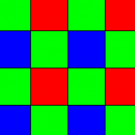
Sigma Fp review and interview / Cinema DNG RAW
MikhailA reacted to rawshooter for a topic
You can also do that by choosing 172.8 degree shutter with 24p/23.98p.1 point -
@Sage Thanks the great example! Seems like EC is the way to get the most out of the Pocket 4K sensor In a single conversion/transformation (I’m not considering white balance and black point adjustments as a conversation/transformation for RAW or BRAW footage.) So would having a set of EC LUTS for emulation film stock or an ideal sensor response LUT would benefit from having an EC LUT for each target output to do it in a single conversion? Also, is there the concept of having different EC LUT versions that are tuned for high and low dynamic range scenes as well as the standard EC LUT? Or maybe this does not apply and only one EU daylight LUT is need for any amount of dynamic range in an daylight light scene?1 point
-
1 point
-
Blackmagic Pocket Cinema Camera 6K
JordanWright reacted to vgsmedia for a topic
No wonder... It seems a cheaper one is on its way: https://mp.weixin.qq.com/s/cGAKWGtUxZyXOzAKBmh6fA1 point -
X-T2 user seeking Upgrade Advice
SRV1981 reacted to Mark Romero 2 for a topic
I understand. I would just kindly suggest that it might be pretty difficult to find anything that is going to be a SIGNIFICANT upgrade over your current X-T2 system for $5K or less. For STILLS: the Sony a6400 / a6600 body is going to have the best AF tracking this side of the Sony a9... but I don't know if you will be able to get away with the $550 85mm f/1.8 (which will probably result in LOTS of cropping in post), or whether you will need the $2,600 70-200 f/2.8 GM OSS. The 85mm f/1.8 will allow you to lower your ISO by about one stop - maybe more since Fuji cameras tend to expose darker at equivalent ISO values. The f/2.8 of the 70-200 won't allow as much light. The tests I have seen show that the Sony's tend to have cleaner high iso performance than the Fuji cameras, but part of that is due to built-in automatic noise reduction which means that the fujis tend to be SHARPER. But that is a generalization. The 85mm f/1.8 has no built in stabilization. The 70-200 does. The a6400 ($900) does NOT have stabilization, and doesn't have the AF tracking in VIDEO that the a6600 ($1,400) has. The a6600 also has built in stabilization. And again, don't know if the AF performance of the 85mm f/18 will keep up with the advanced tracking of the Sony a6400 / a6600 cameras. FOR VIDEO If you are going to shoot handheld VIDEO on a tele lens, then you need at the very least the stabilization provided by a Panasonic or Olympus camera, and even then you are going to need to make sure that you are very steady and strong enough that you can hand-hold the camera for the duration of the shot. By the way, there is a reason that people don't use the word "panasonic" and "sports" in the same sentence. (SPOILER ALERT: Has to do with their autofocus systems.) As for video, Sony and Canon probably have the best AF performance, but both have bad rolling shutter. The 4K crop of the Canon R might actually be a benefit in terms of reach, but then it will probably be noisier than the 4K footage of the Sony a6600. Anyway, hoping someone else can chime in with better suggestions than mine.1 point -

Pocket 4K to Alexa Conversion
JordanWright reacted to funkyou86 for a topic
Hey Sage, might be a stupid question but how is your lut different from resolves color space transform plugin? I can see that you put enormous work and resource to this project and I pretty much love it, i'd just like to know if the final results are different or not Thanks a lot, cheers!1 point -
X-T2 user seeking Upgrade Advice
Mark Romero 2 reacted to SRV1981 for a topic
I appreciate the feedback. I don't need to be a pro but I am looking for a system that is an upgrade from the x-t2 in terms of low-light auto focus in photos, low-light in general, can be done handheld without the need for a gimbal and doesn't need a rig to get images in video and photo that are above the x-t2 - it doesn't need to be a $10k system; $5k and below for the body would be suitable.1 point -
X-T2 user seeking Upgrade Advice
SRV1981 reacted to Mark Romero 2 for a topic
I am not purposely trying to be overly negative, but that is the realm of professional sports shooters and a professional sports shooter could easily have $7,000 to $10,000 invested in a single camera body and lens (at least in terms of stills shooters). A Sony a9 II sells for $4,500 new, Canon 1DX sells for $5,300 new, and a Nikon D5 sells for $5,500 new. If a sports shooter could get away with less expensive gear, they wouldn't spend ridiculous amounts of money on bodies and lenses. In short, shooting indoor sports in poorly lit conditions is probably one of the most cost-inducing types of photography there is. You need lenses that are both long in focal length, have fast apertures, and focus fast, and those all cost big dollars. You also want a camera that has excellent AF in low light and a high frames per second rate in stills to capture the action, which, again, are certainly far from being budget-friendly. Purely from a STILLS perspective, you might be able to work with something like a Sony a6400 (or a6600) and POSSIBLY the Sony 85mm f/1.8 lens, but please don't quote me on that. I don't know how fast the Sony 85mm f/1.8 will actually focus, and secondly, don't know if 85mm on a crop body is enough reach for you, and whether you can live with the restrictions of a prime lens (as opposed to the flexibility that one would get from a zoom). As @Andrew Reidmentioned above, sony video has SIGNIFICANT issues with rolling shutter. And if you wanted the excellent AF Tracking features in video, you would (I believe) have to get the more expensive a6600 over the a6400, but again, don't want to swear by that. Hopefully someone else will chime in with better news. I just don't want you to trade in all your gear and find that whatever you get isn't an improvement.1 point -

X-T2 user seeking Upgrade Advice
SRV1981 reacted to Andrew Reid for a topic
1/1000 in low light - sounds like you need an absolute low light monster for that, and a faster lens than F2.8. Going to make it tricky and expensive to find something which works better than an X-T3 or GH5. Hard to find a telephoto faster than F2.8 for any system so you might want to look at what is going to give best results at ISO 12,800 and nails AF. I think a Sony A7 III or A9 might be a good bet. Canon EOS R not so much, heavy rolling shutter and not as good in low light. Nikon Z6 would be good and in some ways better than A7 III (120fps quality, better colour) but the AF in low light isn't as good as Sony's. Sony A6600 would have way too much rolling shutter so that's out. I would not disqualify the X-T3 if you put a speedier lens on it but depends on how much reach you need. Is AF important or are you doing manual focus?1 point -

Launch Announcement - PBC Pocket Remote For Blackmagic Pocket Cinema Cameras
BTM_Pix reacted to Andrew Reid for a topic
Looks good. A thumbs up from me!1 point -
You get a free USB-C cable with it. Can't get more generous than that.1 point
-
did you say more free stuff ?1 point
-
Sony A7III SLog2
Mark Romero 2 reacted to Deadcode for a topic
106 zebras is like shooting ETTR all the time, and works flawlessly most of the time, stay with that. If you are working in ACES, you can shift the exposure like in Lightroom, just dial down the offset wheel, to get proper brightness. ACES will handle the shadow/highlight rolloff. Secret tip: try those highlight/shadow sliders under lift/gamma/gain. Its siiiickk....1 point -
Sony A7III SLog2
Mark Romero 2 reacted to Attila Bakos for a topic
I actually know @Deadcode, we help each other where we can ACES won't force you to change the way you expose, it will actually be easier to correct an overexposed image. The offset wheel's effect is very close to a true exposure controller in ACES.1 point -

Can you help recommend a camera/system please
kye reacted to fuzzynormal for a topic
Handheld by yourself? Suggest that Olympus with their IBIS is a good bet. I also use a GH5. Good codec and color, imho. Useable IBIS, but inferior to Olympus. AF? Myself, I'm not a fan of AF, like a bit of human wabi-sabi in the shots. Maybe consider buying a set of three old manual primes with a straight dumb adapter and speed booster. You'll get 6 focal lengths from 3 lenses...and you can get those lenses cheap too. More than enough to give you cinematic options. Throw in a variable ND with step up rings and it can travel across your glass --making run and gun a LOT more pragmatic. I'm not a fan of how variable ND mucks the image a bit, but the trade off is worth it. I have an old EOS Sigma 10-20mm wide and when adapted with the speed booster it's an expansive field of view.1 point -
Sony A7III SLog2
Mark Romero 2 reacted to Attila Bakos for a topic
The IDT is the entry point for ACES, it linearizes the clips and converts to the color space to ACES AP0. Then ACES will convert this to a logarithmic gamma (either ACEScc or ACEScct in Resolve, whichever you choose), and to AP1 color space. So yes, you can use the IDT with both.1 point -
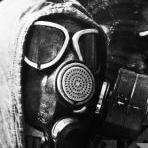
Sigma Fp review and interview / Cinema DNG RAW
mercer reacted to The ghost of squig for a topic
I was hoping the FP would be a 4K replacement for my 5D MK3 with Magic Lantern, but so far I haven't really seen anything that suggests it's much of an upgrade. Here's some sunrise beach shots taken with Magic Lantern 14bit lossless raw upscaled to 4K for comparison. The FP is definitely an improvement shooting high ISO, but it doesn't look like there's any dynamic range improvement, which is disappointing. The thing that concerns me the most is the aliasing and moire, which hasn't been a problem with the 5D.1 point -

Sigma Fp review and interview / Cinema DNG RAW
rawshooter reacted to Brian Williams for a topic
So I just now got around to testing this- it seems that turning off the camera vs letting the auto power-save put the camera to sleep are basically the same thing, have the same effect on settings. If you in one of the Custom modes (C1, C2, C3) and you change a setting and let the camera turn off, then yes, when you turn it back on the settings will have changed to their default settings; which seems right to me, that’s how all programmable custom modes work on cameras, the whole point of them is to remember a specific setup of settings. The difference here is that the “sleep” mode is actually turning off the camera, or doing all the same things that turning off the camera does, instead of just pausing the camera as most cameras do when going to sleep. But in any of the other modes, PSAM, anything you set stays set that way the next time the camera turns on, whether you turned the camera off or if it went to “sleep”. This isn’t true, you can set any of the display modes to have zebras on, and this applies to both custom modes as well as PSAM modes. (I only now just discovered this in the menus). Again, it sucks, but you can’t have zebras and focus peaking on at the same time.1 point -

Can you help recommend a camera/system please
Mark Romero 2 reacted to kye for a topic
Regarding fast lenses for the GH5.. There's the 7.5mm f2 Laowa (15mm f4 FF equivalent) and the 10mm f0.95 Voigtlander (20mm f1.9 FF equivalent) but they're the only two I know of that are "fast" in a DoF sense. If you want fast from an exposure point of view but don't care about DoF then there are probably some other f2.8 lenses around that might suit. Definitely no fast wide zooms though.1 point -
Can you help recommend a camera/system please
Mark Romero 2 reacted to Video Hummus for a topic
Ah, yes. The perfect system that doesn't exist... Maybe, take a look at Canon EOS R. X-H1 stabilizer is as good as A7III, i.e, not great. A7III codec is lacking. X-T3 doesn't have IBIS and it's H.265 files are, currently, heavy on editing rig. GH5 lacks good reliable autofocus and extreme shallow DoF if thats important to you. EM1.2 has good autofocus, decent color, good lens selection but has the same DoF compromise as GH5 as well as only offering 8-bit codec and weak LOG recording. This is why Canon needs to release a C100 Mark 3.1 point -

Can you help recommend a camera/system please
Mark Romero 2 reacted to IronFilm for a topic
Another thought is to buy both a Fuji X-T3 *and* X-H1 for the shots when IBIS is really needed. At least until a X-T4 arrives with IBIS Otherwise go for a Nikon Z6 or Panasonic GH5 If you don't want a mirrorless camera, then consider a Sony FS5 or JVC LS300 For sheer extreme tininess and cuteness the new MixPre3 Gen2 is a good choice for the solo operator, otherwise get a Zoom F8n, MixPre10 Gen2 or a secondhand Sound Devices 633 (they're going dirt cheap now!) if you want to specialize in sound but you've got no real budget. (or Zaxcom Nova / Sound Devices 833 if you're going pro)1 point -

Can you help recommend a camera/system please
Mark Romero 2 reacted to EphraimP for a topic
X-T3 is affordable and has one of the best codecs out there in cameras under $5,000 and the images look great with either the built in film looks or graded Log. I think most people would agree. Autofocus is only ok. I can trust it for well lit sit down interviews, but it can be hit and miss for fast action b-roll. Great 60p and usable 120. Not a ton of third party glass, but Fuji's native lenses are nice and not extremely expensive compared to, say, EF mount L glass or Canon's new R mount. It's fine in low light at 1600 and usable up to maybe 8000 if you nail exposure. Fuji has an 8-16 F2.8 and a 10-20 F4 plus wide primes. Their lens stabilization is ok, but not amazing. With the money you'd save over some of the full frame options out there, you could buy a gimbal to get smooth handheld shots or put in on good sticks. I'd say it's worth renting one for a week to see if you like it. That's what I did, and since I made the switch from an 80D I've been happy.1 point -
Thought this was interesting, First shots are all Sony F3, second are all BMPCC 4K1 point
-

Making the jump to the big screen
barefoot_dp reacted to kye for a topic
I did the film festival / film competition circuit for a while and my takeaway was this. Content is the only thing that matters. I've seen barely acceptable videos with out-of-focus shots, shots where the camera got bumped, clipped dialogue, noisy dialogue, car sounds making it difficult to hear people, overexposed shots, and various other problems win competitions outright because they interviewed old people and got them to talk about sex and it was hilarious. I've seen films win best edit when the editing was clunky because the story was good, etc. Content is the only thing that matters. Content is the only thing that matters, content is the only thing that matters... content is the only thing that matters.1 point -
i have that lens ?sadly no fiance to practice on ?1 point
-

Blackmagic Pocket Cinema Camera 4K
shooter reacted to JordanWright for a topic
She's my fiancé! this was taken while on holiday Lens was the Tok 28-70 2.6!1 point -
i was admiring the almost perfect bokeh ball down in the bottom of the left hand corner, very round, very sexy. Hadn't really noticed the Gal ?1 point
-
Yeah the whole point of upgrading is to say adios to proxy workflows etc.. That said I'm going back & forth myself with various (Mac) options but also including a Lenovo ThinkPad / ThinkStation for my pro audio/video needs. Lenovo is the only PC brand that imo competes with apple (no surprise they used to be IBM) on specs/reliability/design etc. The new ThinkPad P1 Gen 2 offers Xeon/i9's, dual SSD drive options, 4K OLED display (!), a multitude of I/Os (USB-C, USB3, SD card reader etc), arguably the best keybed experience and of course upgradability. In a rather sleek sexy black matte carbon package: That's all pretty sweet for a laptop VS the 16" MBP and the 4 USB-C ports forcing you to always have dongles connected etc.. I have no idea though performance" wise what that laptop is capable of compared to a MBP 16" and again I'm really weary going back to PC land because of virii, hardware compatibility issues etc. but damn I'm pretty tempted to pull the trigger (crazy cyber monday deal too at the moment!) especially considering I don't use FCPX or Logic.1 point
-
To me the best 4K60p out there on Android side:1 point
-

How to convert sigma fp cinema dng to cineform raw
markr041 reacted to rawshooter for a topic
Use Slimraw instead to recompress the CinemaDNG to smaller file sizes. Cineform Raw is a sparsely supported and pretty much a dead format.1 point -
1 point
-
1 point
-
1 point
-
1 point
-

Sigma Fp review and interview / Cinema DNG RAW
Adept reacted to CaptainHook for a topic
I would offer that for matching shots (the majority of most grading work), adjusting white balance in sensor space (or even XYZ as a fallback) and exposure in linear makes a huge difference to how well shots match and flow. I see many other colourists claim they can do just as good white balancing with the normal primaries controls, but i think if they actually spent considerable time with both approaches instead of just one they would develop a sensitivity to it that would make them rethink just how 'good' the results with primaries are. Its one area i think photographers experienced with dialing in white balance in RAW files develop that sensitivity and eye to how it looks when white balance is transformed more accurately - more so than those in the motion image world who still aren't used to it. I've been a fan of Ian Vertovec from Light Iron for quite a few years, and I was not surprised to learn recently that he likes to do basic adjustments in linear because there was something in his work that stood out to me (including his eye/talent/skill/experience of course).1 point -

Sigma Fp review and interview / Cinema DNG RAW
Adept reacted to CaptainHook for a topic
I can't speak for Sigma with certainty, but the matrices used in DNGs are generally calculated based on spectral sensitivity measurements - rawtoaces is just providing a tool to calculate the matrices from the spectral response data (the Ceres solver they use is just one method to do a regression fit) and then convert the file in the same way as with an IDT. They may prefer to keep the calculated matrices in float without rounding, but you don't need that many decimal points of precision to reduce any error delta down to "insignificant" so in this case rounding is of no real concern here. Rawtoaces doing the calculation also removes any preference the manufacturer may have about regression fit techniques, weighting certain colours for higher accuracy over others and the training data used (like skin patches etc), how to deal with chromatic adaptation, etc. This is really the only area a manufacturer can impart their 'taste' into their "colour science" (apart from maybe picking primaries which is irrelevant in an ACES workflow unless you want to start from a particular manufacturers gamut for grading). Noise and other attributes are IMHO not "colour science", but calibration and other image processing decisions. The ideal goal for ACES is to remove the manufacturers preferences of colour science which leaves the rest down to metamerism of the sensor and it's overall dynamic range which are the elements that survive ACES trying to make all sensors look as similar as possible once transformed into the same space. Its also why it can't fully be successful at its goal but to be fair they do allow the preferences in colour science to remain somewhat intact since manufacturers can provide their own IDTs. But they would prefer all IDTs be created the same way as it would get them closer to their goal. The Academy document they link describes the basic principles of calculating matrices from spectral sensitivity data but also offers an alternative in the appendix based on capturing known targets (colour charts) under various colour temperatures/source illuminants. I also mentioned both of these on the previous page here. So an actual IDT generated from spectral response data just contains a matrix to convert from sensor RGB/space to ACES, and a way to transform to linear if needed (it can be an equation or a LUT). Take a look at an IDT from Sony for Slog3 and SGamut3 - it just has the 3x3 matrix and a log to linear equation: https://github.com/ampas/aces-dev/blob/master/transforms/ctl/idt/vendorSupplied/sony/IDT.Sony.SLog3_SGamut3.ctl Or look at an Arri one for LogC - 3x3 matrix (at the bottom of the long file) and log to linear LUT: https://raw.githubusercontent.com/ampas/aces-dev/master/transforms/ctl/idt/vendorSupplied/arri/alexa/v3/EI800/IDT.ARRI.Alexa-v3-logC-EI800.ctl Also notice with Arri, not only is there a folder for each ISO, but multiple IDTs for the raw files for each colour temperature (CCT = correlated colour temperature) going back to what I described earlier about needing different transforms per colour temperature (DNG processing pipelines handle this automatically if the author uses two matrices in combination with AsShotNeutral tags) - and Arri also has different matrices for when you use their internal NDs as they deemed it necessary to compensate the colour shift introduced by their NDs: https://github.com/ampas/aces-dev/tree/master/transforms/ctl/idt/vendorSupplied/arri/alexa/v3/EI800 If you're really curious, Arri even provides the python script they use to calculate the IDTs (it uses pre-calculated matrices for each CCT likely generated from the spectral response data). https://github.com/ampas/aces-dev/blob/master/transforms/ctl/idt/vendorSupplied/arri/alexa/v3_IDT_maker.py So a DNG actually already contains the ingredients needed for an IDT - a way to convert to linear (if not already in linear) and the matrix (or matrices) required to transform from sensor space to ACES - most likely calculated from spectral sensitivity/response data (in the DNG case you get to ACES primaries via a standard transform from XYZ). If you have a DNG, you don't need an IDT. The information is there. Hope that clears up what I was trying to say some more.1 point


